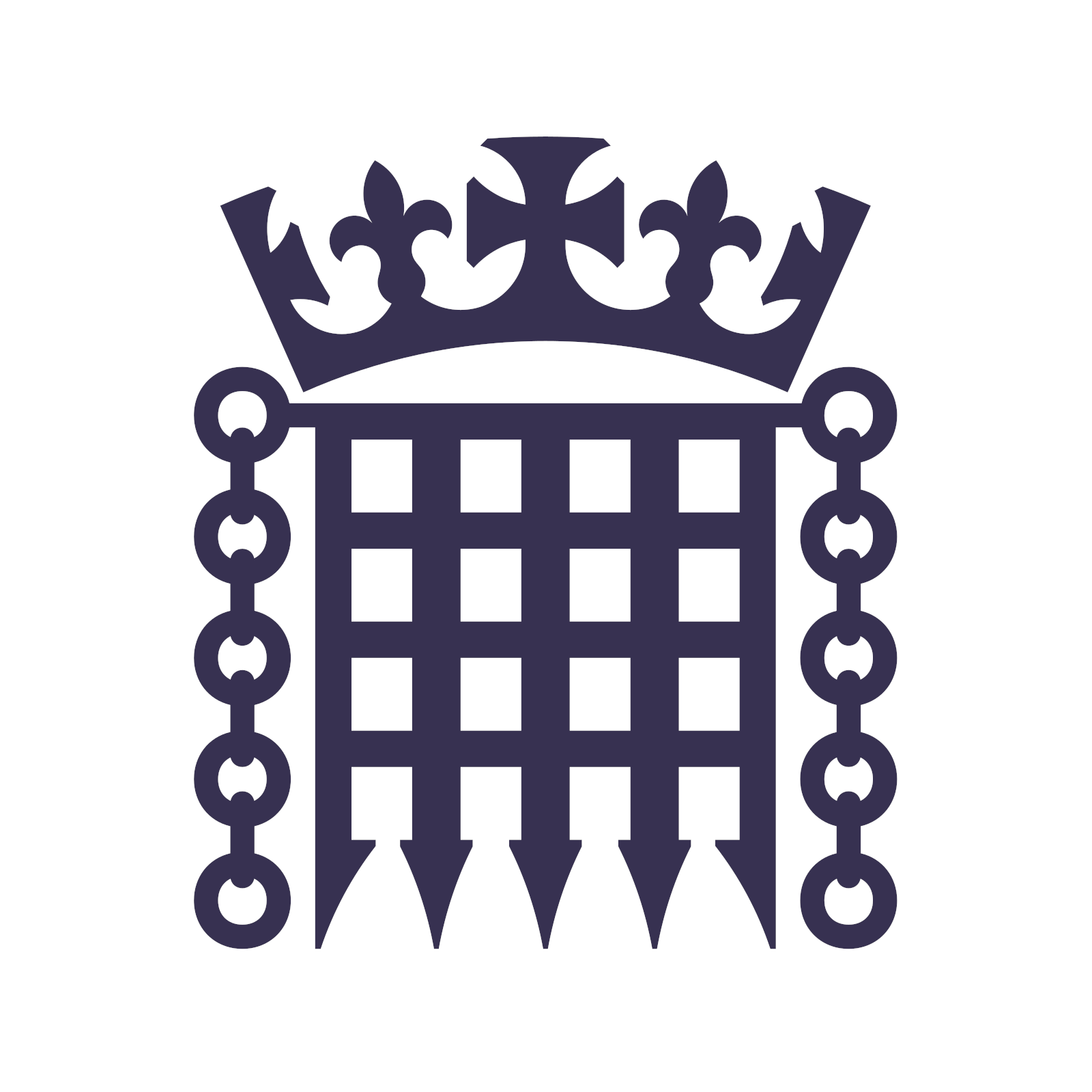

Any hard drive can fail at any time with or without warning. Worrying too much about individual drive families’ reliability isn’t worth it if you’re dealing with few drives. Worry instead about backups and recovery plans in case it does happen.
Bigger drives have significantly lower power usage per TB, and cost per TB is lowest around 12-16TB. Bigger drives also lets you fit more storage in a given box. Drives 12TB and up are all currently helium filled which run significantly cooler.
Two preferred options in the data hoarder communities are shucking (external drives are cheaper than internal, so remove the case) and buying refurb or grey market drives from vendors like Server Supply or Water Panther. In both cases, the savings are usually big enough that you can simply buy an extra drive to make up for any loss of warranty.
Under US$15/TB is typically a ‘good’ price.
For media serving and deep storage, HDDs are still fine and cheap. For general file storage, consider SSDs to improve IOPS.





Hmm.